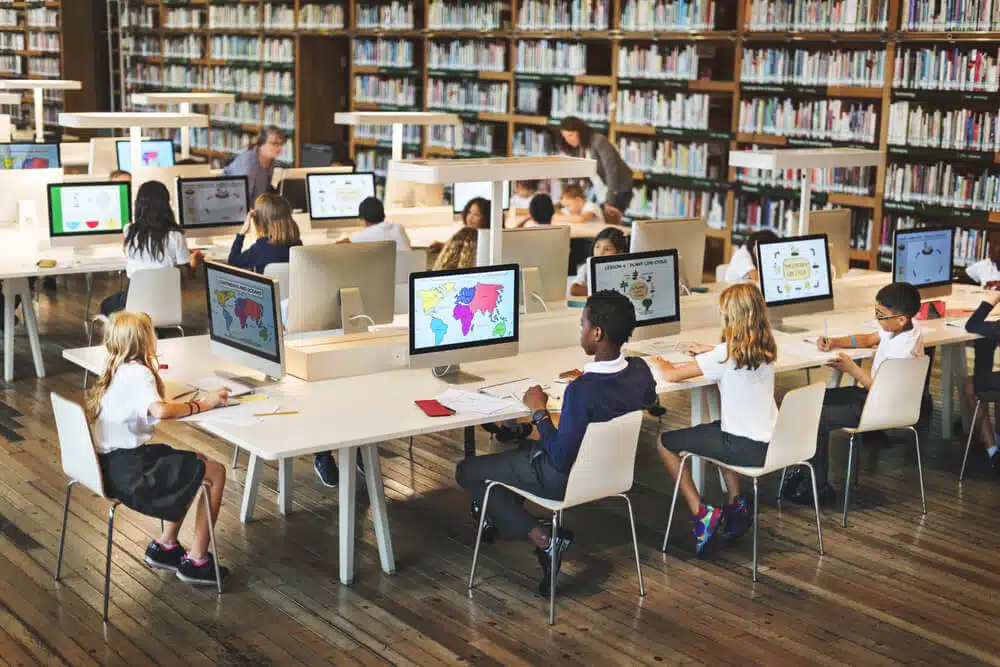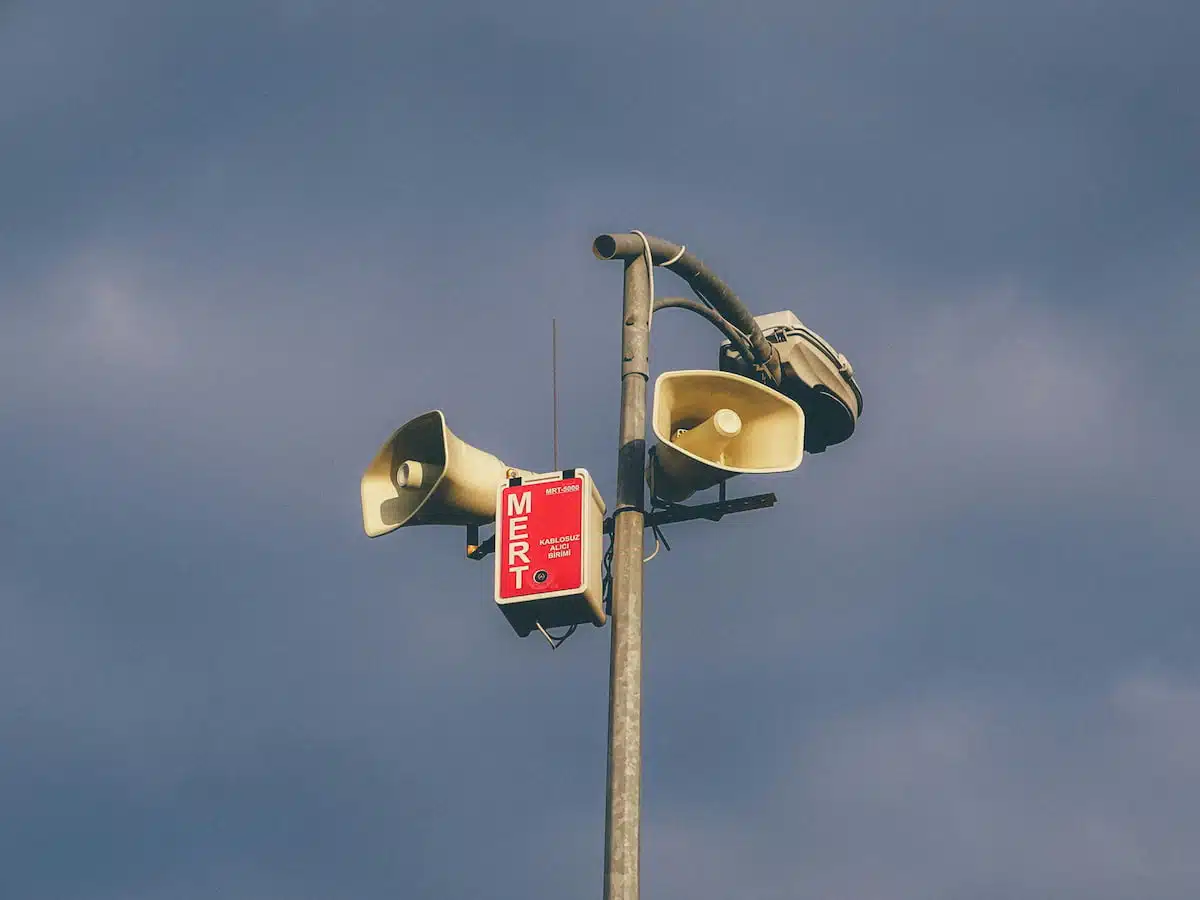
7 Questions to Assess the Health of Your Surveillance & Security Technology
Your surveillance and security systems are only as strong as their weakest component. Outdated hardware, unsupported software, or a lack …

Addressing inequalities has become more important as technology reshapes the educational landscape. In the first three parts of our series on the National Educational Technology Plan (NETP), we discussed the scope of the three Digital Divides: Use, Design, and Access.
In this last installment, we will explore how these divides can be bridged, focusing on the Technology Integration Matrix (TIM) as a tool to guide educators toward deeper technology integration. We’ll also discuss how S3 Technologies can partner with schools to help close these gaps and create more equitable learning environments for all students.


The Technology Integration Matrix (TIM) assesses how technology is incorporated into teaching, focusing on the purpose behind its use. It examines technology usage across five characteristics of effective learning environments (Active, Collaborative, Constructive, Authentic, and Goal-Directed learning) at five digital literacy levels of integration (Entry, Adoption, Adaptation, Infusion, and Transformation).
The Digital Use Divide is a crucial issue in the post-pandemic world, and it highlights how disparities in technology use can arise even with equitable access to devices. Students who experience only teacher-led, procedural use of technology in the classroom are at a disadvantage to their peers who use technology to innovate, develop higher-order reasoning, and guide their own learning. That would likely fall into the Entry or Adoption levels, where the teacher primarily drives technology usage.
The TIM helps to examine that use. Do you use technology to merely replace a worksheet with an online form, or are you challenging students to research, read, process, analyze, and then create their own content? This tool provides educators a framework to advance students from passive technology usage to the Infusion and Transformation levels. At these levels, students use technology in innovative and authentic ways to drive their own learning—a key goal of the NETP.
Additionally, the TIM’s emphasis on ongoing, targeted professional development supports educators in designing richer learning experiences, directly contributing to bridging the Digital Design Divide.
By providing a rubric for integrating technology in the classroom, the TIM equips teachers to go beyond passive teaching and create classrooms where all students engage with technology in transformative ways.

S3 Technologies seeks to support students, educators, and schools in closing the divides laid out in the NETP. As a team of tech experts and educators ourselves, we recognize the importance of not only bringing the technology to the students but also supporting educators in utilizing the tools effectively.
S3 provides free walkthroughs and estimates for the necessary infrastructure to address the Digital Access Divide. We can work with administrators to develop a long-term purchasing plan based on funding cycles, like e-rate and federal grants.
We also provide personalized training for teachers, ranging from one-on-one coaching sessions that utilize the TIM to conference presentations. Our coaches are experts in using the available technology to craft engaging and effective lessons and collaborating with educators to close the Digital Use and Design divides.
The three digital divides—the Digital Access Divide, the Digital Use Divide, and the Digital Design Divide—highlight education’s complex challenges in the digital age. While efforts have been made to bridge these gaps, true equity in education requires ongoing attention to how technology is accessed, used, and implemented in classrooms.
The Technology Integration Matrix (TIM) provides a valuable framework for guiding educators toward more meaningful use of technology, ensuring that all students benefit from innovative, engaging learning experiences. S3 Technologies plays a crucial role in supporting schools by providing the infrastructure, professional development, and strategic planning needed to address these divides.
See our blog post here for more information on the TIM and how S3 can bring it to your school. By working together, schools and their technology partners can create more accessible, tech-driven educational environments where all students can thrive.
For a deeper dive into the three digital divides, please see our previous installments here!

Your surveillance and security systems are only as strong as their weakest component. Outdated hardware, unsupported software, or a lack …

School safety has never been more important. In an era where timely and effective communication can make all the difference, …

These days, school video productions have become commonplace. Most students own smartphones with cameras, many editing programs are free, and …

“What technology should I buy for my school?” It’s a common question among teachers and administrators—and with good reason. Educational …